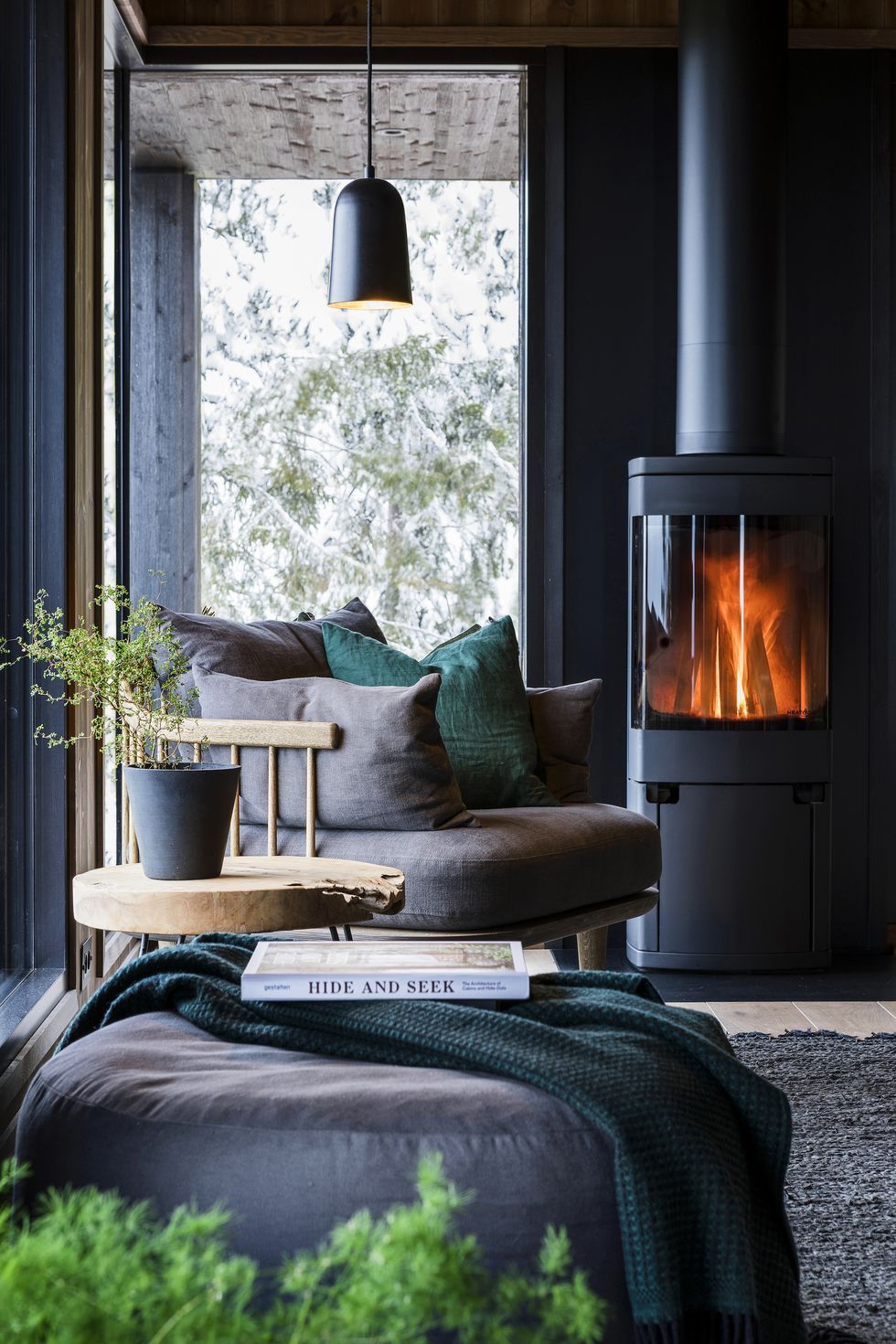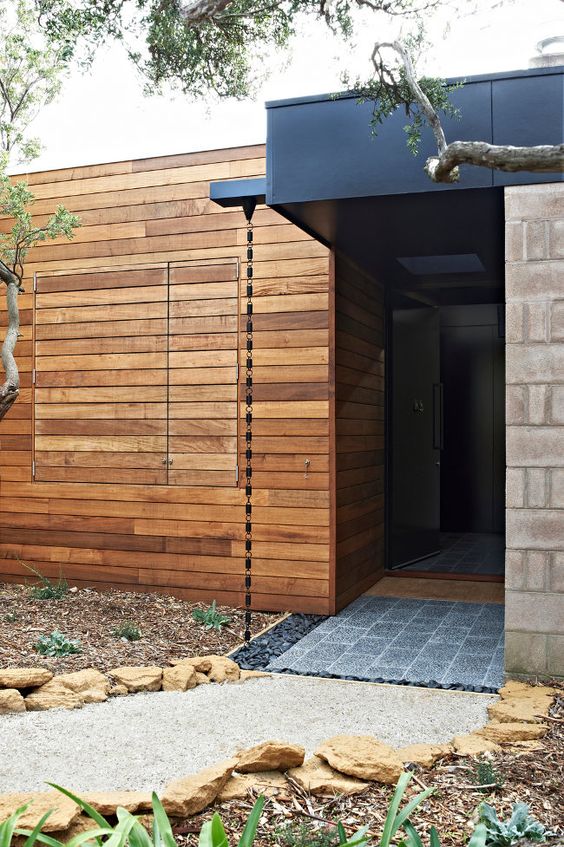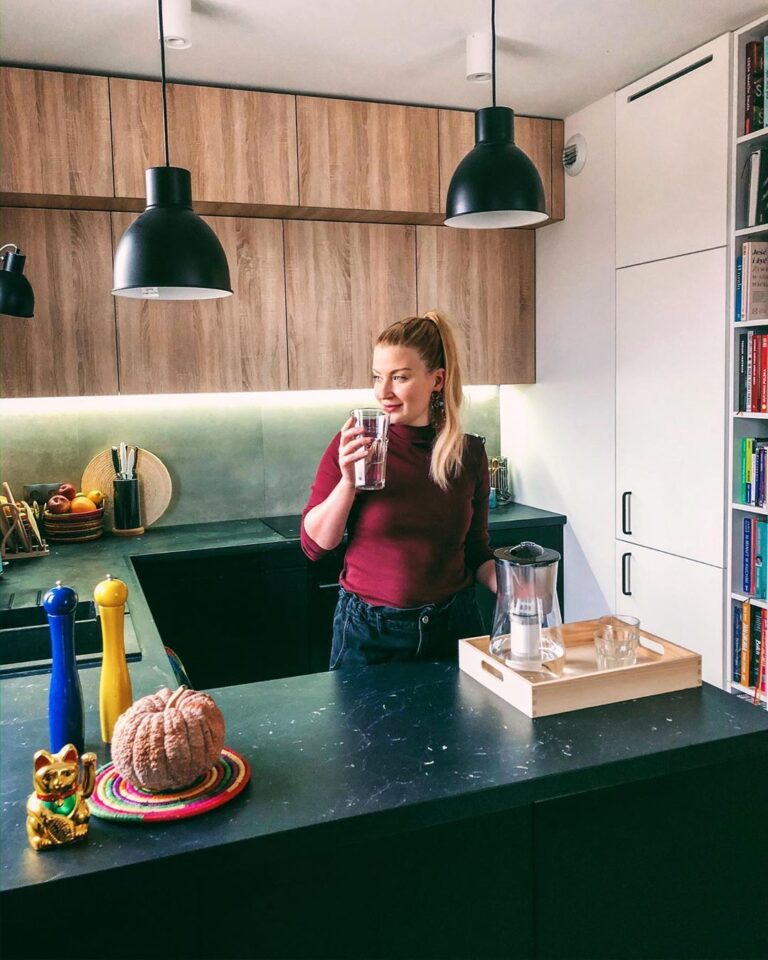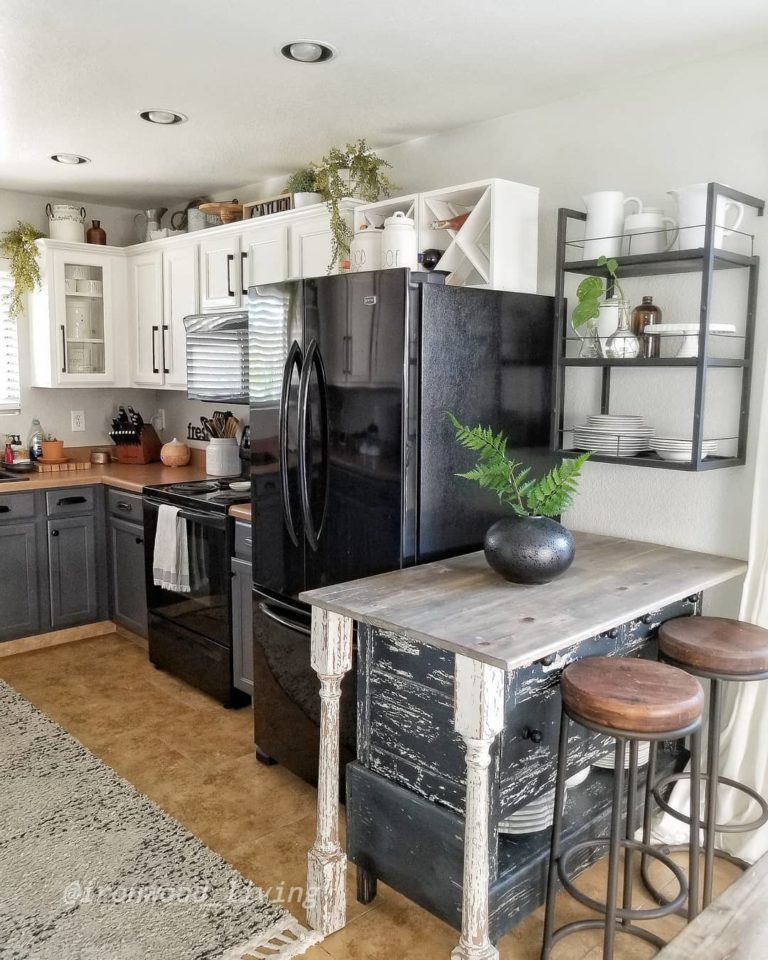4 Factors to Consider When Getting the Right Insulation for Your Home
Can you hear what your neighbors are talking about? Do you struggle to fall asleep because of the noise outside? Does your place instantly get hot once you turn off the AC?
If you have a positive answer to all these questions, then the one thing responsible for your issues is the lack of insulation. So, you should consider making certain changes to your home to make your life easier. You can insulate the roof, floor, walls, doors, and windows. What you should focus on insulating first are the walls and windows, because as statistics show, walls are responsible for 40% heat loss and if your windows aren’t insulated, then you lose 20% of heat.
Types of Insulation
There are several types of insulation and the type that keeps your place cool in summer and warm in winter is called thermal insulation. As reported in the Washington Post, if you insulate your home in a proper way, you can save 10-15% on a typical heating bill.
The insulation can be done through engineering methods or processes, using the right objects, shapes, and materials. Most of the time it’s achieved in the very process of construction by choosing more and better materials for building your walls, as well as double glazing for windows and doors. Some of the most commonly used types of insulation according to the materials used for it are the following: rigid foam, insulating concrete forms, fiber insulation, sprayed foam, etc. For spray foam insulation needs, there are experts in spray foam insulation Boise that can help you.
Does Your Place Need Insulation?
Unlike home decor, insulation cannot be seen, so how it looks is not very important. However, you should know that it is one of the crucial aspects you should invest in your new home. By insulating your home you are reducing your energy costs, soundproofing your home, making it fire resistant and providing a solid construction in case of earthquakes. Overall, the insulation will either make your living easier or cause issues and complicate it. It’s your choice in the end.
First of all, you’ll have to evaluate the current condition of your house or flat. If it’s in a noisy area, or north-oriented, then these are markers that you’d require an insulation solution. Later on, you can decide which parts you’d like to insulate: whether you’ll insulate the walls, windows, doors, etc. If your walls are too thin and the place is damp and has a tendency of creating a mold, insulation will fix your issue.
Once you decide that your home needs insulation, you have to get the right insulation that will be proper for your home. In order to decide faster and easier here are the four factors to consider:
Soundproofing
Who would not like a soundproof home? Injection foam is one way to control the indoor climate and indoor environment. But, another way you can soundproof your home and diminish the annoying noises that are coming from the outside (noisy traffic, the barking of dogs, etc.) is secondary glazing, especially if it is done by a professional.
Secondary glazing can be permanent or temporary. It is installed on the inside of an existing window to offer better soundproofing and insulation. If you cannot replace your windows, you can go with secondary glazing – it is much cheaper than double glazing too.
R-Value
The R-value is the amount of resistance of the indoor heat flow through a certain material. If the resistance or the R-value is high, then it means that there is quality thermal insulation on the interior. This is an energy and cost-saving option, because the higher the R-value, the lower your bills will be. Certain types of foam can have a higher R-value, so you should choose a long-term valuable and affordable material. Energy and heat saving can also be done by doing second glazing on your windows. This type of insulation is adding up to the R-value by reducing the heat loss by up to 40%.
Flammability
Many people would say that any type of insulation would be a good one, but that is not really true. For instance, there are some insulation types that can be more easily set on fire than others. So, you should opt for owning a home where you’ll feel safe and protected. Make sure to choose some of the insulation types that are less flammable.
Here are the types of insulation that are most fireproof:
- Fiberglass – the fiberglass will not burn, but you have to be careful with the pieces of fabric used.
- Mineral wool – it has a high melting temperature, so it is great as fireproof insulation.
- Fibrous mats – these are made from a group of various materials that are referred to as asbestos (several mineral forms of magnesium silicate, used for fireproofing, electrical insulation, brake linings, chemical filters, and building materials). However, there are potential health hazards of asbestos you need to consider.
- Cellulose – when it is treated with fire-resistant chemicals, cellulose can resist temperatures of up to 300 degrees before it catches on fire.
Allergens
Fiberglass, rock wool, and cellulose were the first materials used for insulation before the innovative ones such as injection foam. Many of these materials are still used nowadays. However, there is a problem with these materials because they can put your health at risk because of their allergenic content.
So, the best alternative is to use injection foam since it automatically removes the risk of allergens and irritants. In fact, injection foam is a liquid that integrates into the wall with all the underlying elements. It does not release any matter in the air. When the foam hardens, it keeps allergens outside your home and it does not release damaging chemicals.
After reading this article, we believe you are ready to think of insulating your home by choosing the right types and knowing the things that will keep you as safe as possible and will keep your bills lower. When it comes to investing in insulation, you will not regret it at all!
Images source











